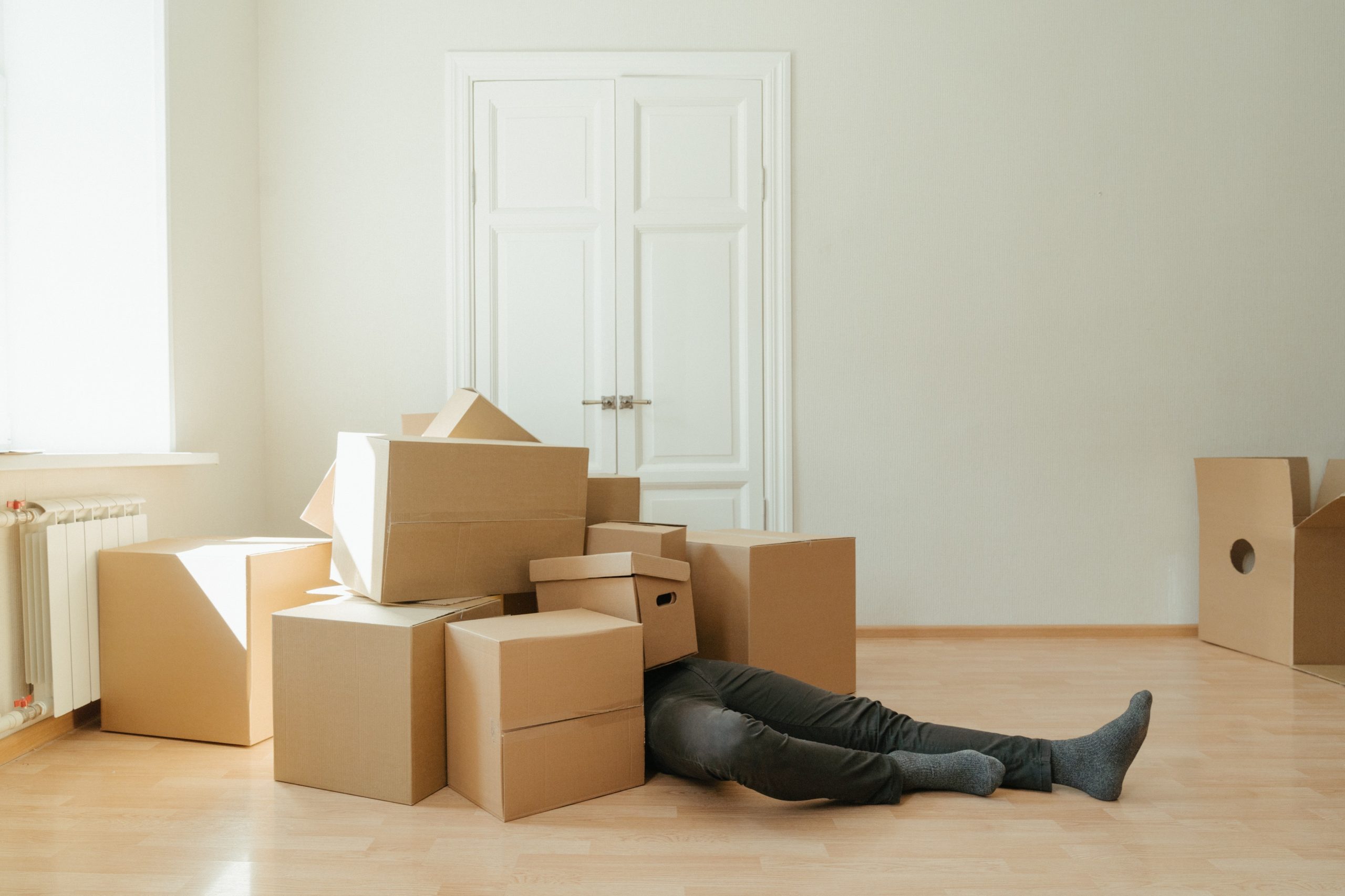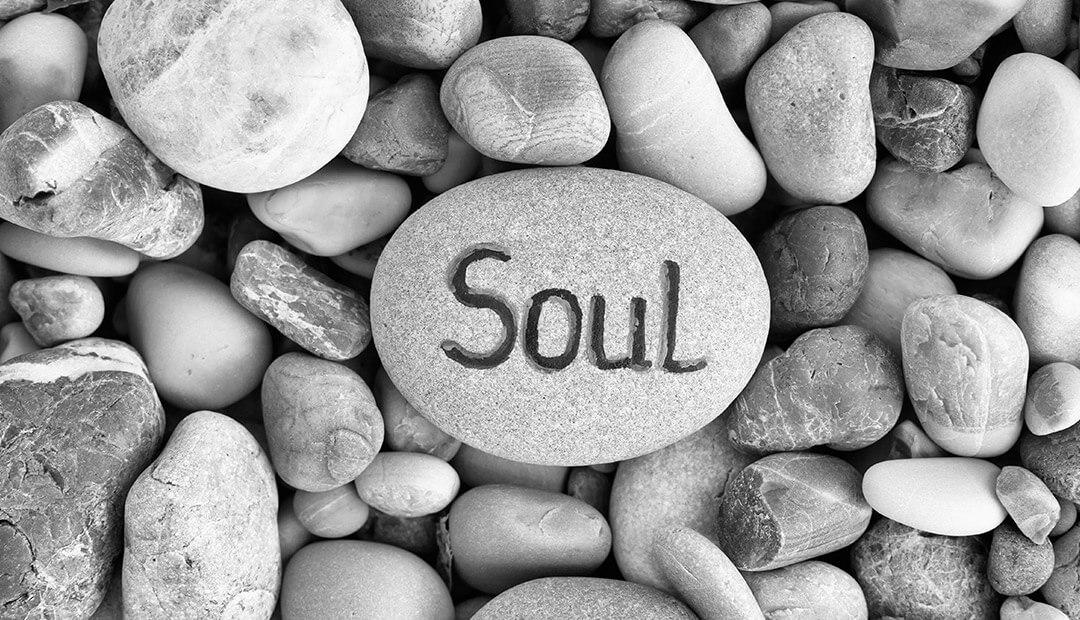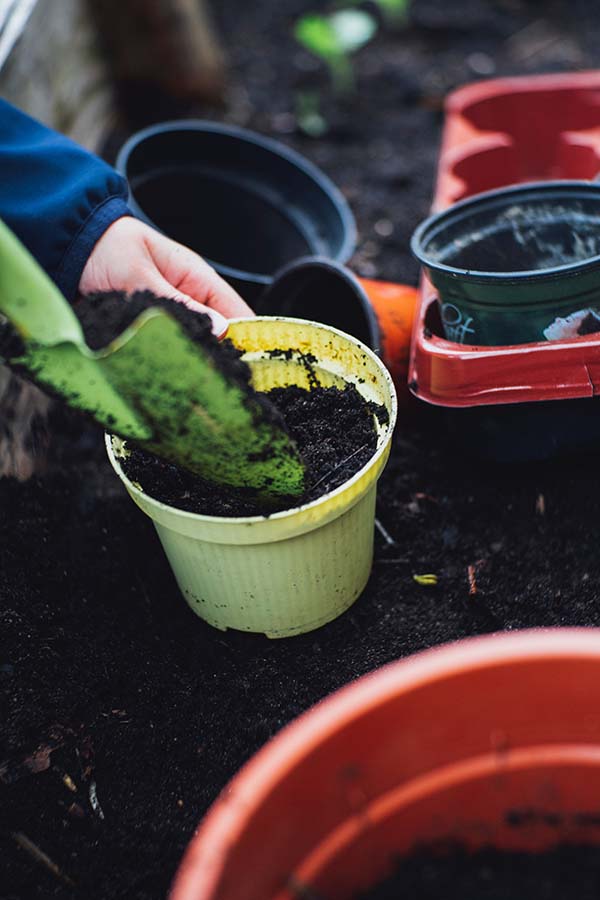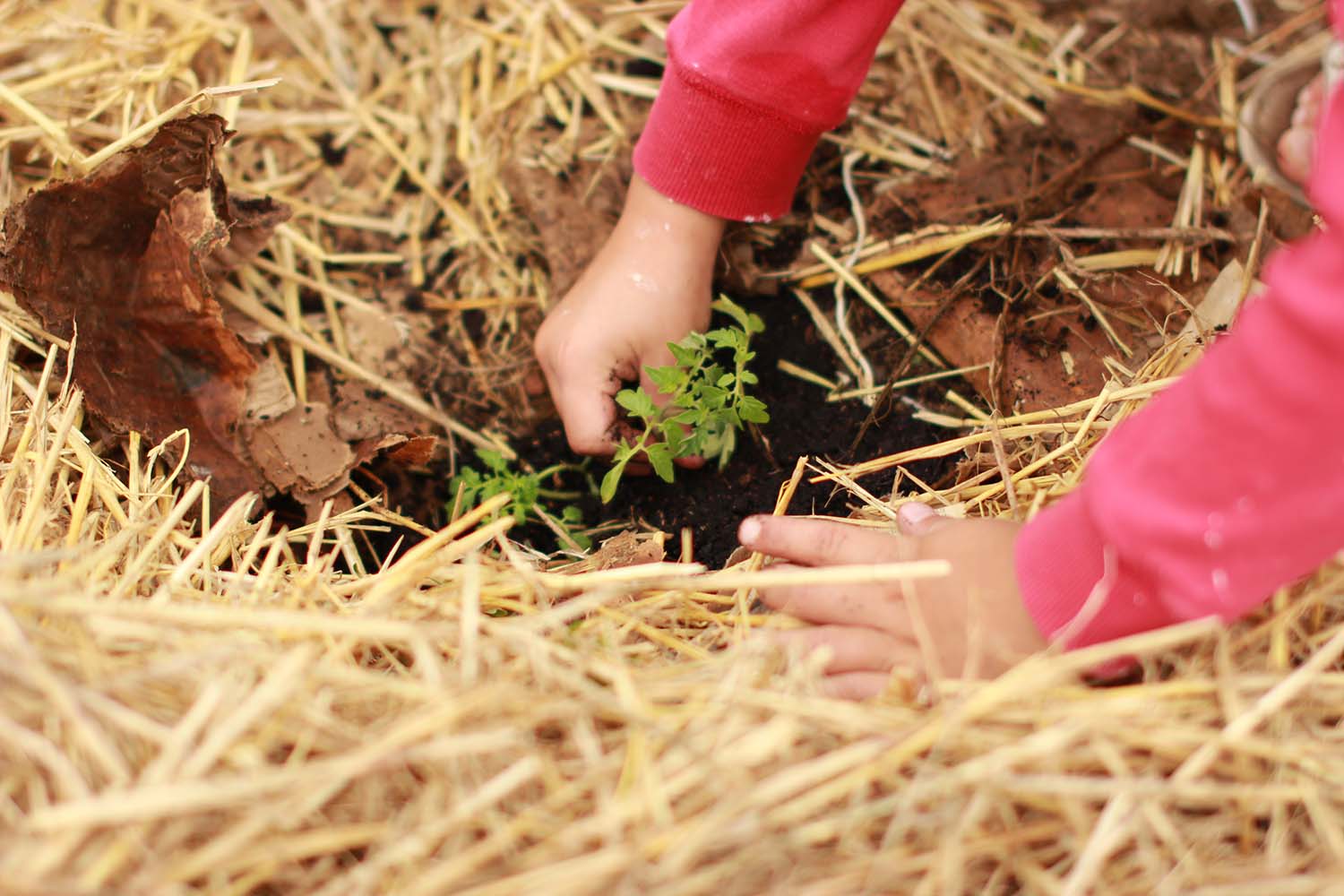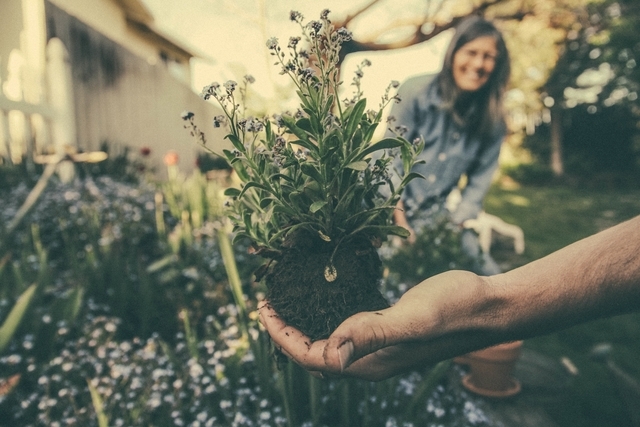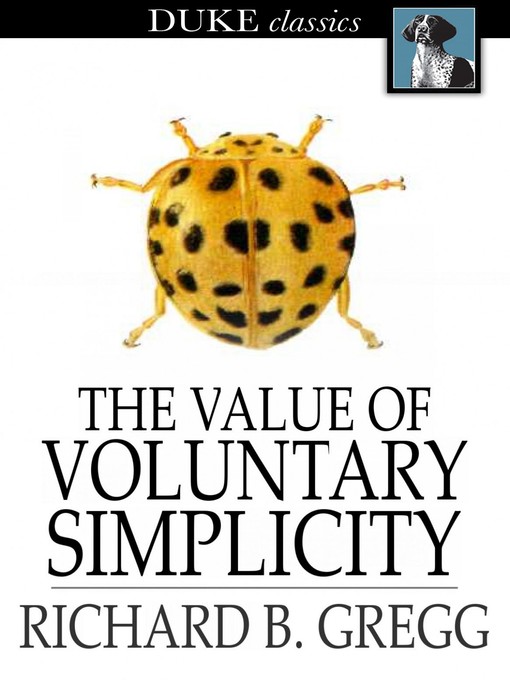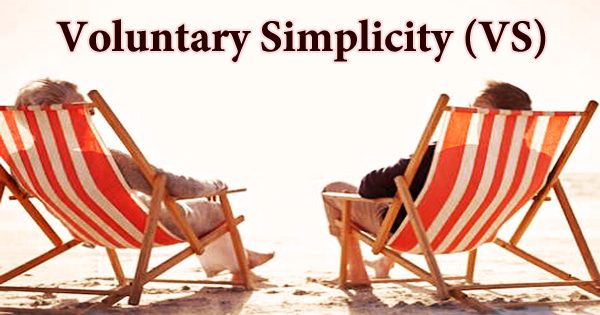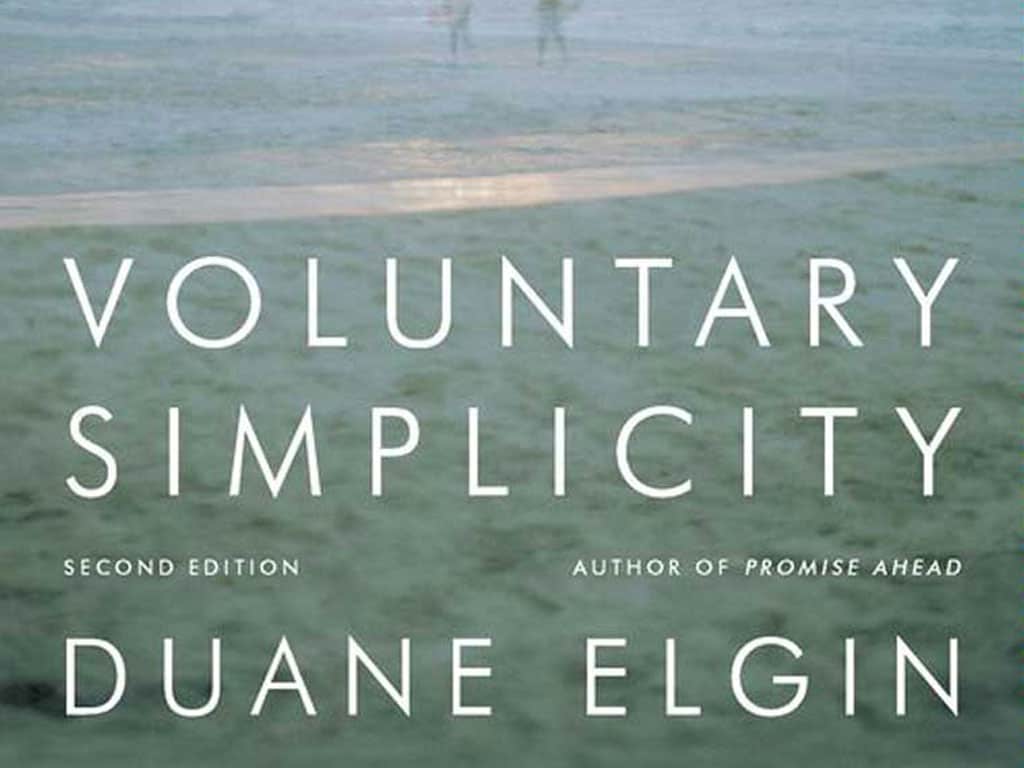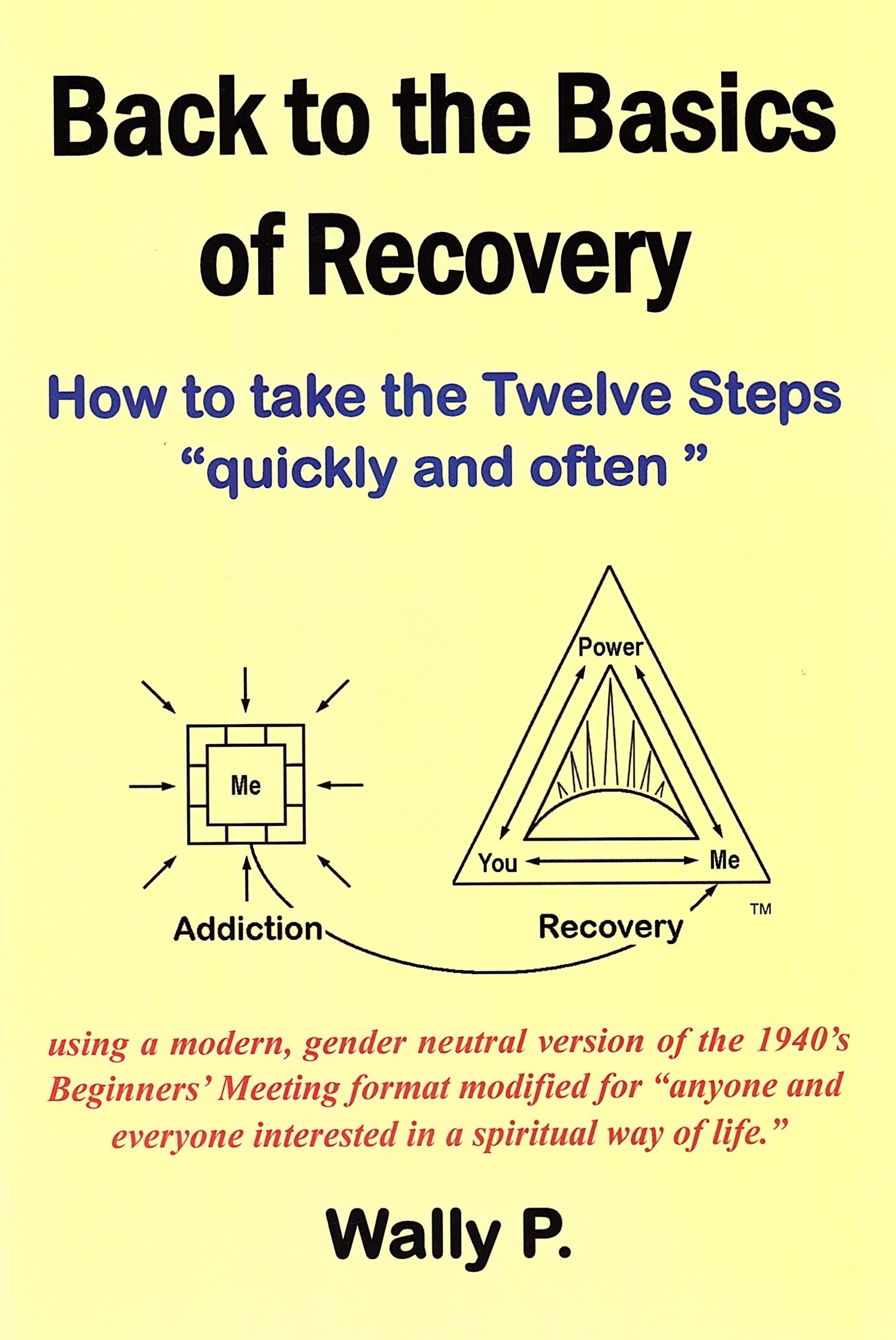Minimalism is a lifestyle that focuses on living with less and simplifying one's life. It involves decluttering and getting rid of unnecessary possessions, as well as reducing consumption and expenses. This intentional way of living allows individuals to focus on what truly matters and find joy in the little things. Living a minimalist lifestyle means owning only the things that are essential and bring value to one's life. It is a conscious decision to break away from the consumerism culture and find contentment in what we already have. Simplicity is at the core of minimalism, and it can be applied to all aspects of life, from physical possessions to relationships and daily routines.Minimalism
Frugal living is a way of life that prioritizes saving money and making conscious financial decisions. It involves being mindful of expenses and finding ways to cut costs without sacrificing quality of life. Frugality goes hand in hand with minimalism, as both lifestyles aim to live with less and be content with what we have. Frugal living is not about being cheap or depriving oneself of enjoyment. It is about making intentional choices to stretch our resources and live within our means. This can include activities such as budgeting, meal planning, and finding affordable alternatives to expensive products or services.Frugal Living
Sustainable living refers to a lifestyle that minimizes one's impact on the environment and promotes long-term sustainability. It involves making choices that are environmentally friendly and reducing waste, energy consumption, and carbon footprint. Sustainability is becoming increasingly crucial in today's world as we face the effects of climate change. Adopting a sustainable lifestyle can include practices such as composting, using renewable energy sources, and reducing single-use plastics. It also involves being mindful of the products we purchase and supporting companies and brands that have sustainable practices.Sustainable Living
Mindful consumption is the practice of being conscious of what we buy and consume. It involves being aware of the impact our purchases have on the environment, society, and our own well-being. Mindfulness in consumption encourages us to make informed decisions and consider the consequences of our actions. Practicing mindful consumption can involve researching the companies we support, buying from local and sustainable businesses, and being aware of the resources and materials used in products. It also means being mindful of our own needs and avoiding unnecessary purchases.Mindful Consumption
Decluttering is the process of getting rid of unnecessary possessions and creating a more organized and simplified living space. It is a crucial aspect of minimalism and a way to reduce stress and promote a sense of calm. Decluttering can also have a positive impact on our mental well-being and help us let go of attachments to material possessions. Decluttering can involve going through one's belongings and deciding what to keep, donate, or discard. It can also mean creating systems and organization methods to maintain a clutter-free living space. The goal of decluttering is to create a more functional and peaceful living environment.Decluttering
Slow living is a lifestyle that encourages individuals to slow down, be present, and enjoy the little things in life. It involves rejecting the fast-paced, constantly busy culture and embracing a more relaxed and intentional way of living. Slowing down can help reduce stress and improve overall well-being. Slow living can involve activities such as taking time for self-care, practicing mindfulness, and spending quality time with loved ones. It also means being deliberate with our time and not rushing through tasks or experiences. This way of living encourages us to savor the present moment and appreciate the beauty in simplicity.Slow Living
Intentional living is the practice of living with purpose and making choices that align with our values and goals. It involves being mindful of our actions and being intentional with our time, energy, and resources. Intentionality can help us lead a more fulfilling and meaningful life. Living intentionally means setting goals and creating a plan to achieve them. It also means being aware of our priorities and making decisions that reflect them. This can involve saying no to things that do not align with our values and focusing on what truly matters to us.Intentional Living
Eco-friendly lifestyle refers to a way of living that is environmentally conscious and sustainable. It involves making choices that reduce our impact on the planet and promote a healthier and more sustainable future. Eco-friendliness is becoming increasingly important as we face the effects of climate change. Adopting an eco-friendly lifestyle can include practices such as using reusable products, reducing energy and water consumption, and supporting eco-friendly companies. It also involves being mindful of our waste and finding ways to reduce, reuse, and recycle.Eco-Friendly Lifestyle
Voluntary simplicity is a lifestyle that involves intentionally living with less and reducing one's material possessions. It is a conscious decision to opt-out of the consumerism culture and prioritize experiences and relationships over material possessions. Simplicity is at the core of this way of living. Voluntary simplicity can involve practices such as downsizing living spaces, reducing expenses, and living a more self-sufficient lifestyle. It also means finding joy and contentment in non-material things, such as spending time in nature, practicing hobbies, and connecting with loved ones.Voluntary Simplicity
Back to basics is a philosophy that promotes simplifying one's life and focusing on the essentials. It involves getting back to the fundamentals and stripping away unnecessary complexities. Living simply can help us appreciate the beauty in simplicity and find contentment in less. Back to basics can involve practices such as disconnecting from technology, spending time in nature, and simplifying daily routines. It also means being present and mindful of our surroundings, rather than constantly seeking out distractions and stimulation.Back to Basics
The Benefits of Simple Living in House Design
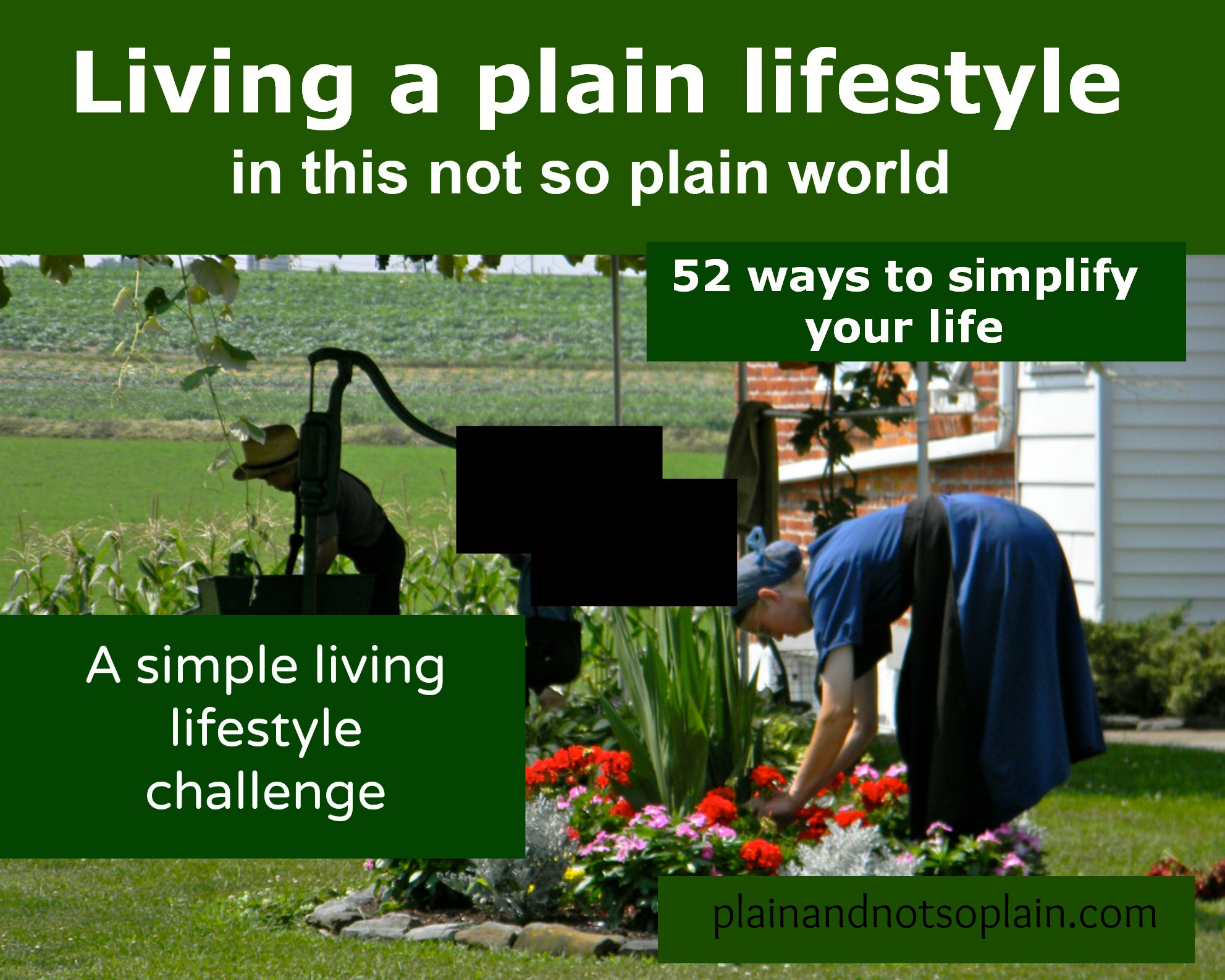
Embracing Minimalism for a More Fulfilling Life
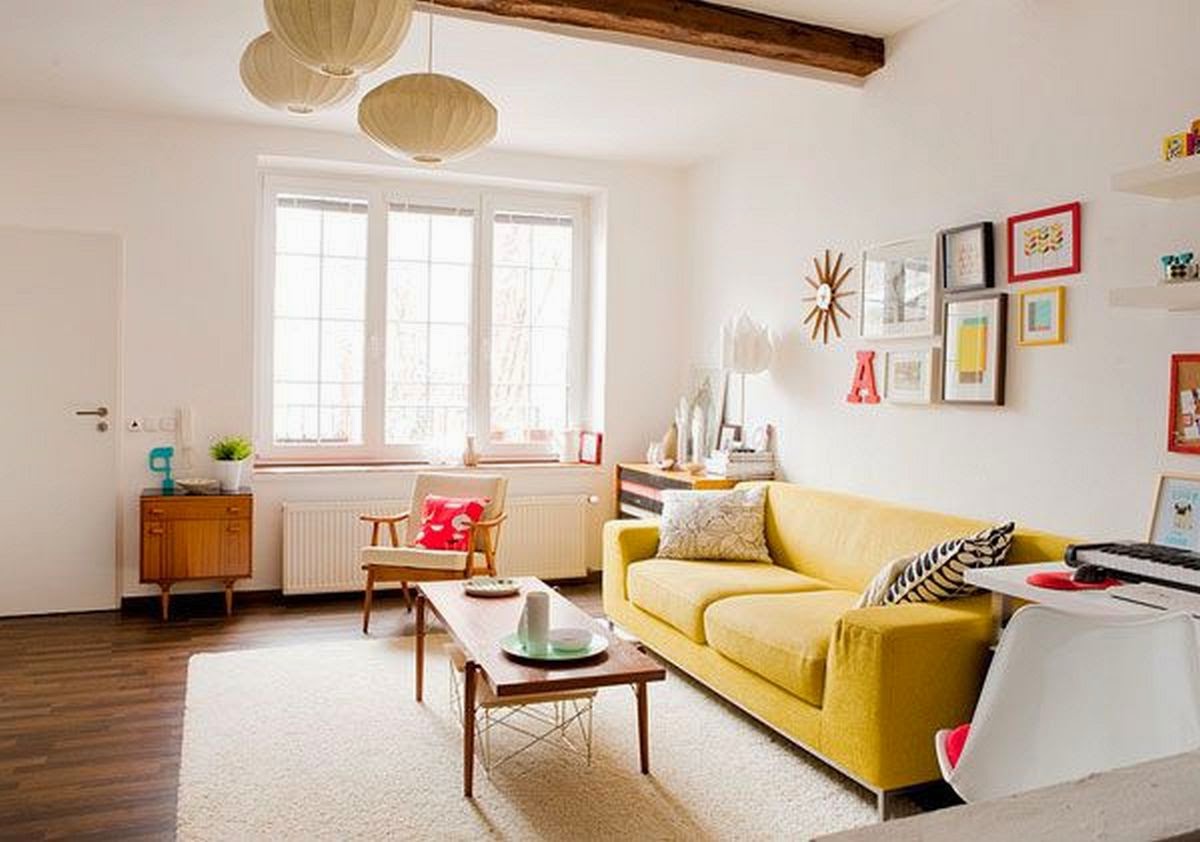 In today's fast-paced world, many people are turning to
simple living
as a way to reduce stress, save money, and live a more fulfilling life. This approach extends to all aspects of daily life, including
house design
. By embracing minimalism and simplifying our living spaces, we can create a more peaceful and functional home environment.
One of the main benefits of
simple living
in
house design
is the reduction of clutter. When we have fewer possessions, our homes feel more spacious and organized. This can have a positive impact on our mental well-being, as a cluttered environment can lead to feelings of overwhelm and anxiety. By consciously choosing only the essentials in our home decor and furnishings, we can create a sense of calm and serenity in our living spaces.
Another advantage of
simple living
in
house design
is the cost savings. By opting for a more minimalist approach, we can avoid unnecessary purchases and save money in the long run. This can also extend to the design and construction process of a home, as simpler and more functional designs can often be more budget-friendly. Additionally, by reducing our consumption and waste, we can also make a positive impact on the environment.
Furthermore,
simple living
in
house design
promotes a more sustainable lifestyle. By choosing quality over quantity and investing in durable, long-lasting materials, we can reduce our carbon footprint and contribute to a healthier planet. This can include using energy-efficient appliances and incorporating natural elements into our home, such as natural lighting and eco-friendly materials.
In conclusion,
simple living
in
house design
has numerous benefits that go beyond just creating a visually appealing home. It allows us to declutter our physical and mental spaces, save money, and live a more sustainable and fulfilling life. So why not embrace minimalism and take a more intentional approach to
house design
? Your mind, wallet, and the planet will thank you.
In today's fast-paced world, many people are turning to
simple living
as a way to reduce stress, save money, and live a more fulfilling life. This approach extends to all aspects of daily life, including
house design
. By embracing minimalism and simplifying our living spaces, we can create a more peaceful and functional home environment.
One of the main benefits of
simple living
in
house design
is the reduction of clutter. When we have fewer possessions, our homes feel more spacious and organized. This can have a positive impact on our mental well-being, as a cluttered environment can lead to feelings of overwhelm and anxiety. By consciously choosing only the essentials in our home decor and furnishings, we can create a sense of calm and serenity in our living spaces.
Another advantage of
simple living
in
house design
is the cost savings. By opting for a more minimalist approach, we can avoid unnecessary purchases and save money in the long run. This can also extend to the design and construction process of a home, as simpler and more functional designs can often be more budget-friendly. Additionally, by reducing our consumption and waste, we can also make a positive impact on the environment.
Furthermore,
simple living
in
house design
promotes a more sustainable lifestyle. By choosing quality over quantity and investing in durable, long-lasting materials, we can reduce our carbon footprint and contribute to a healthier planet. This can include using energy-efficient appliances and incorporating natural elements into our home, such as natural lighting and eco-friendly materials.
In conclusion,
simple living
in
house design
has numerous benefits that go beyond just creating a visually appealing home. It allows us to declutter our physical and mental spaces, save money, and live a more sustainable and fulfilling life. So why not embrace minimalism and take a more intentional approach to
house design
? Your mind, wallet, and the planet will thank you.
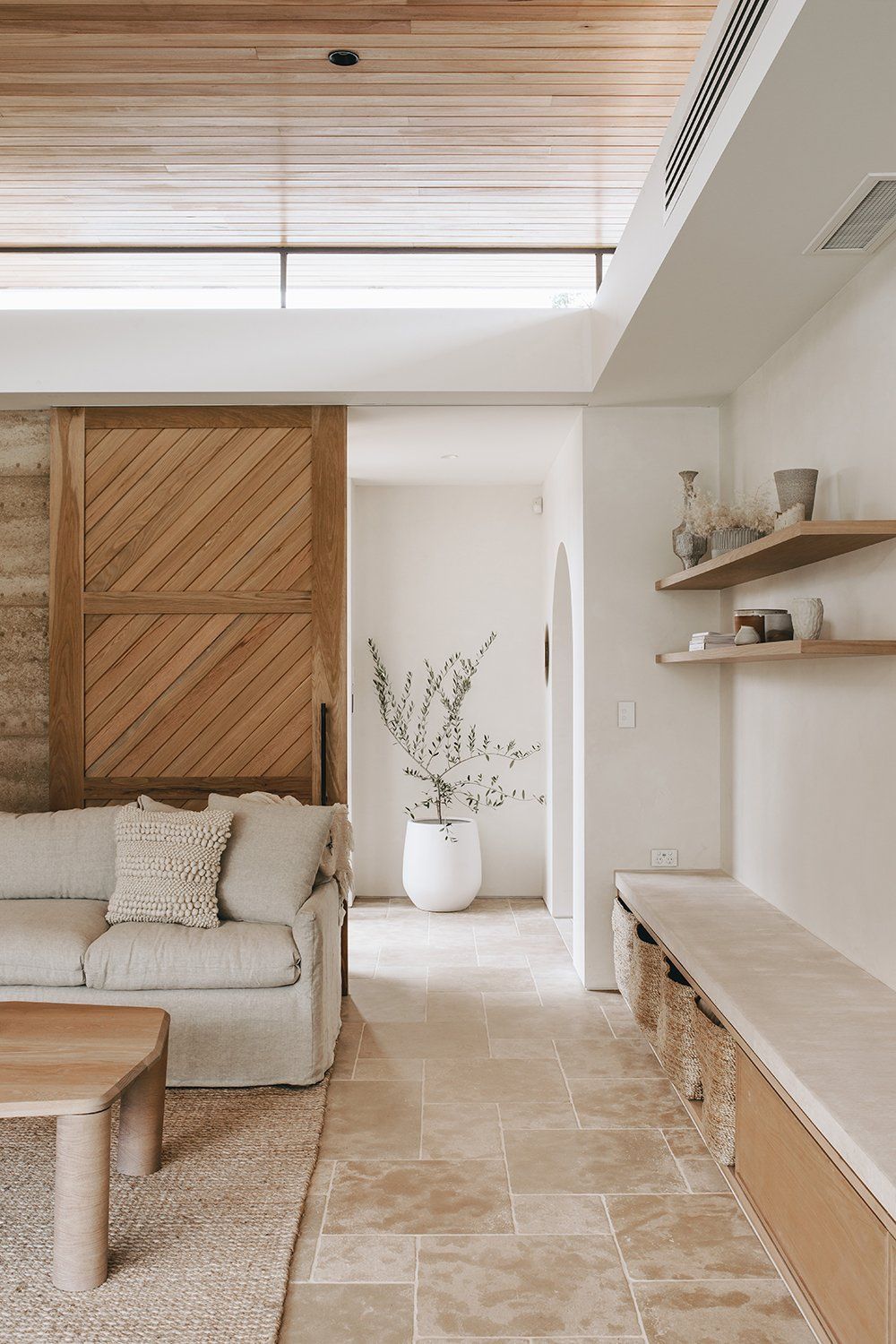
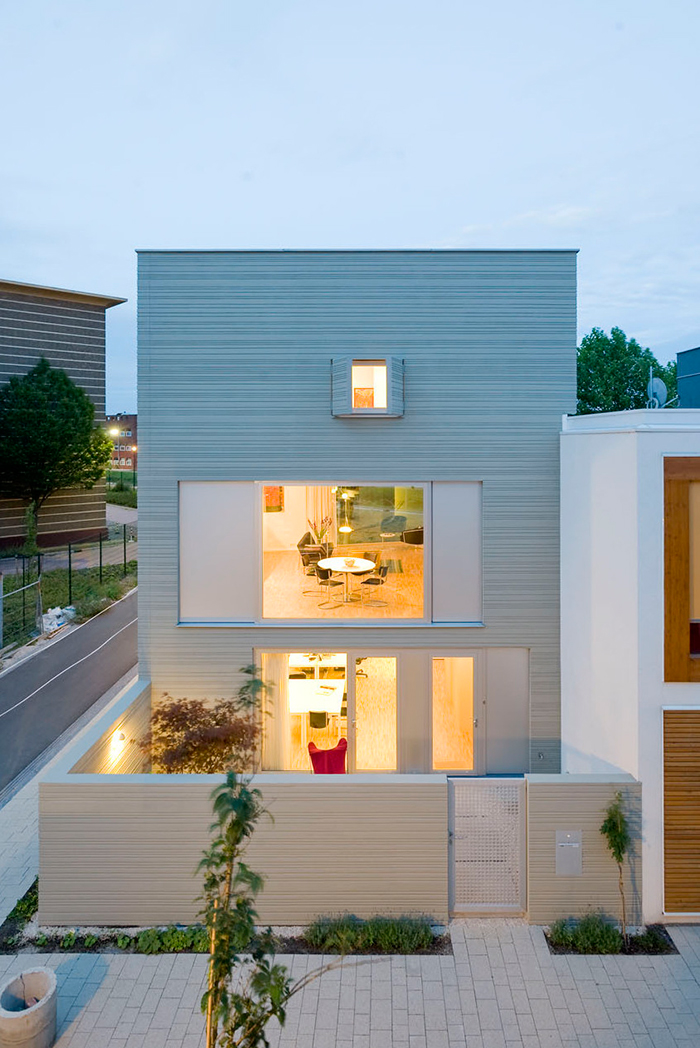

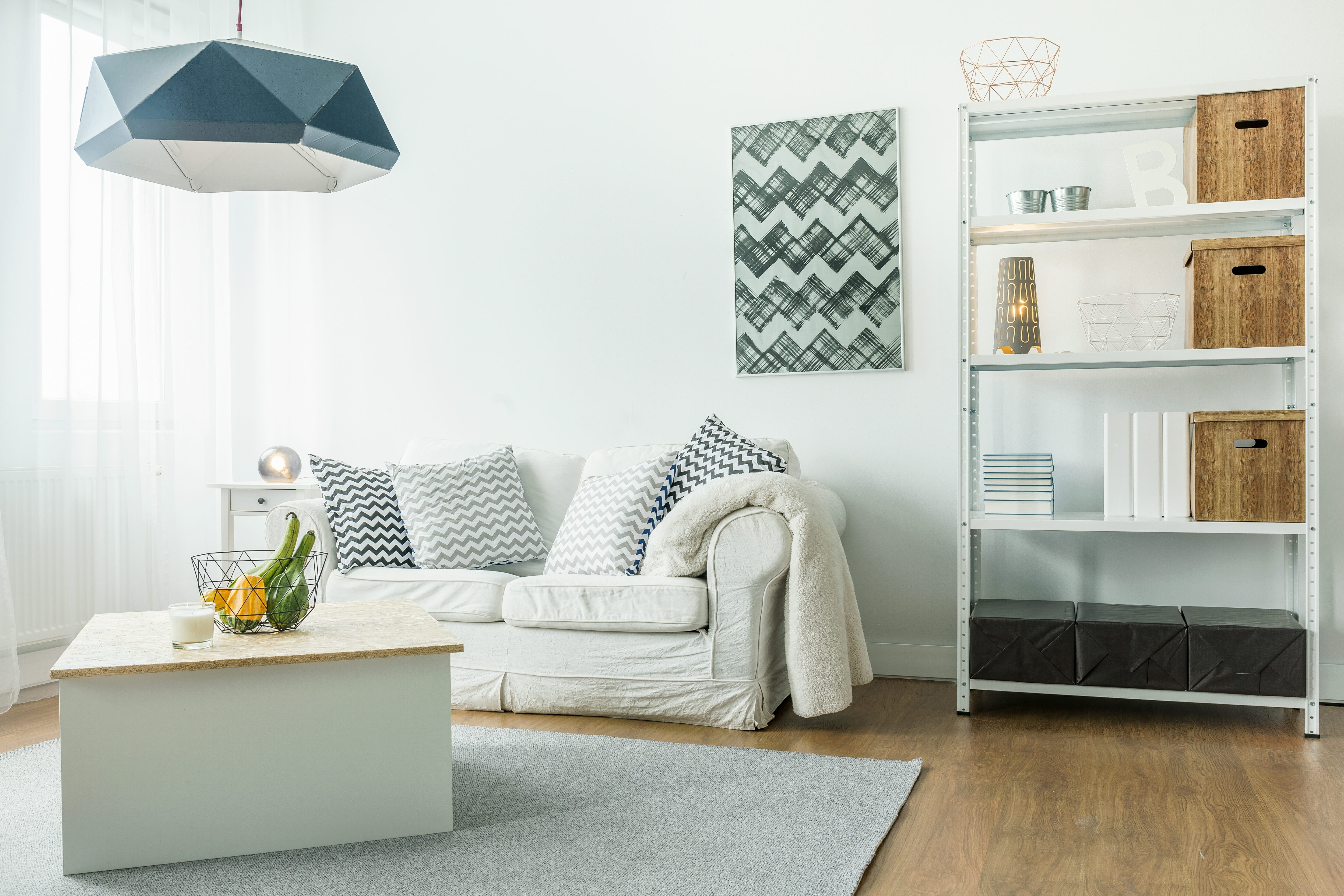
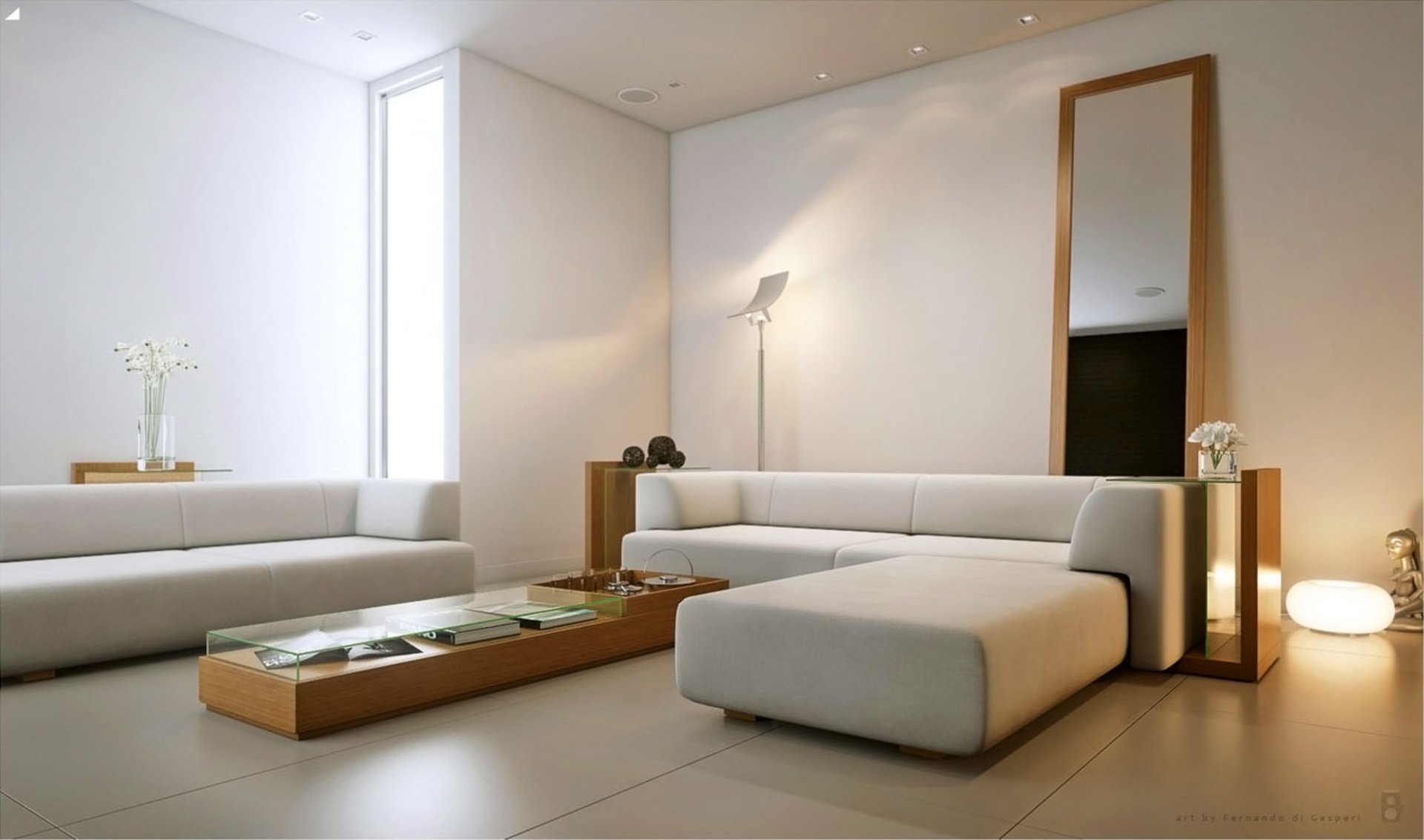
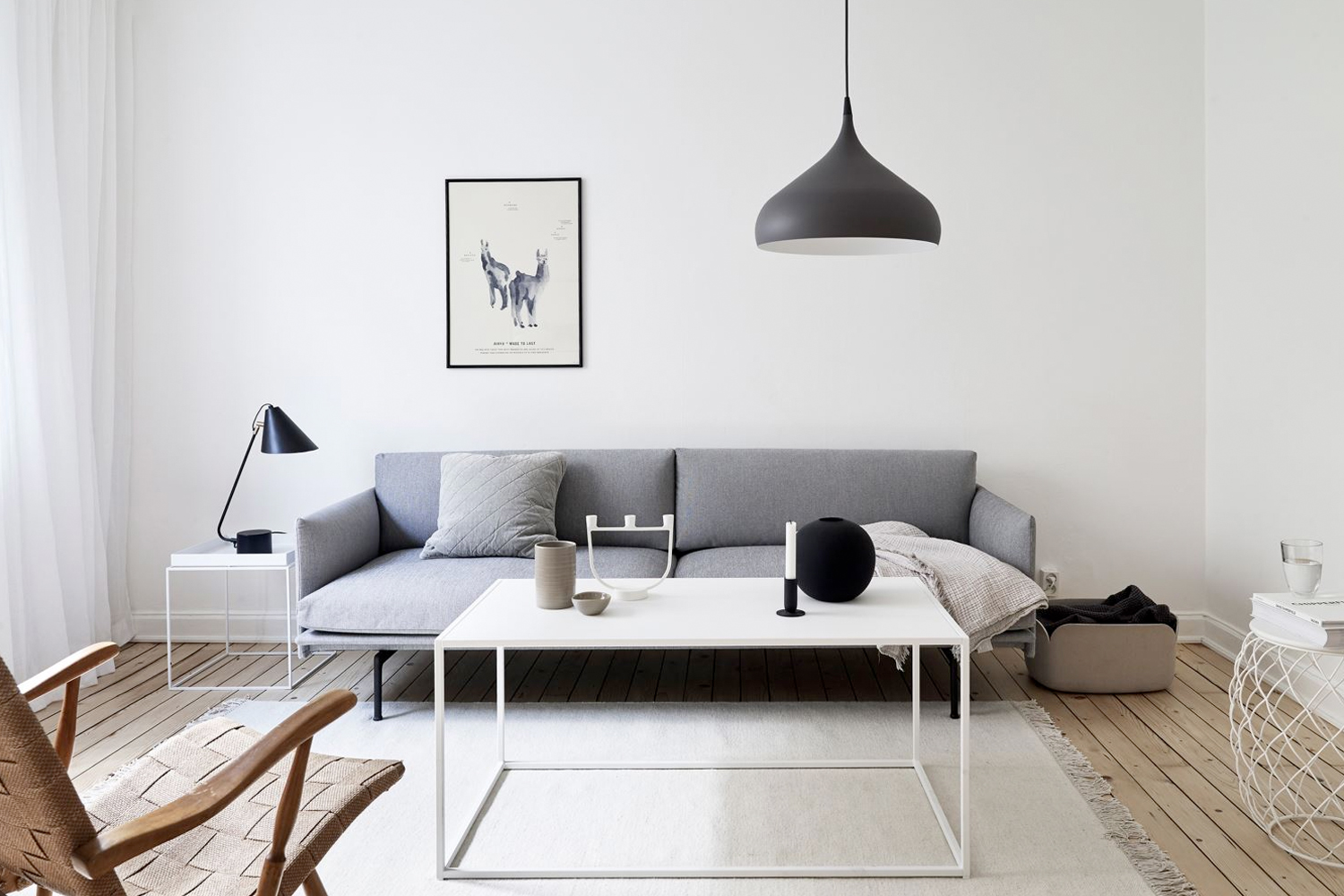
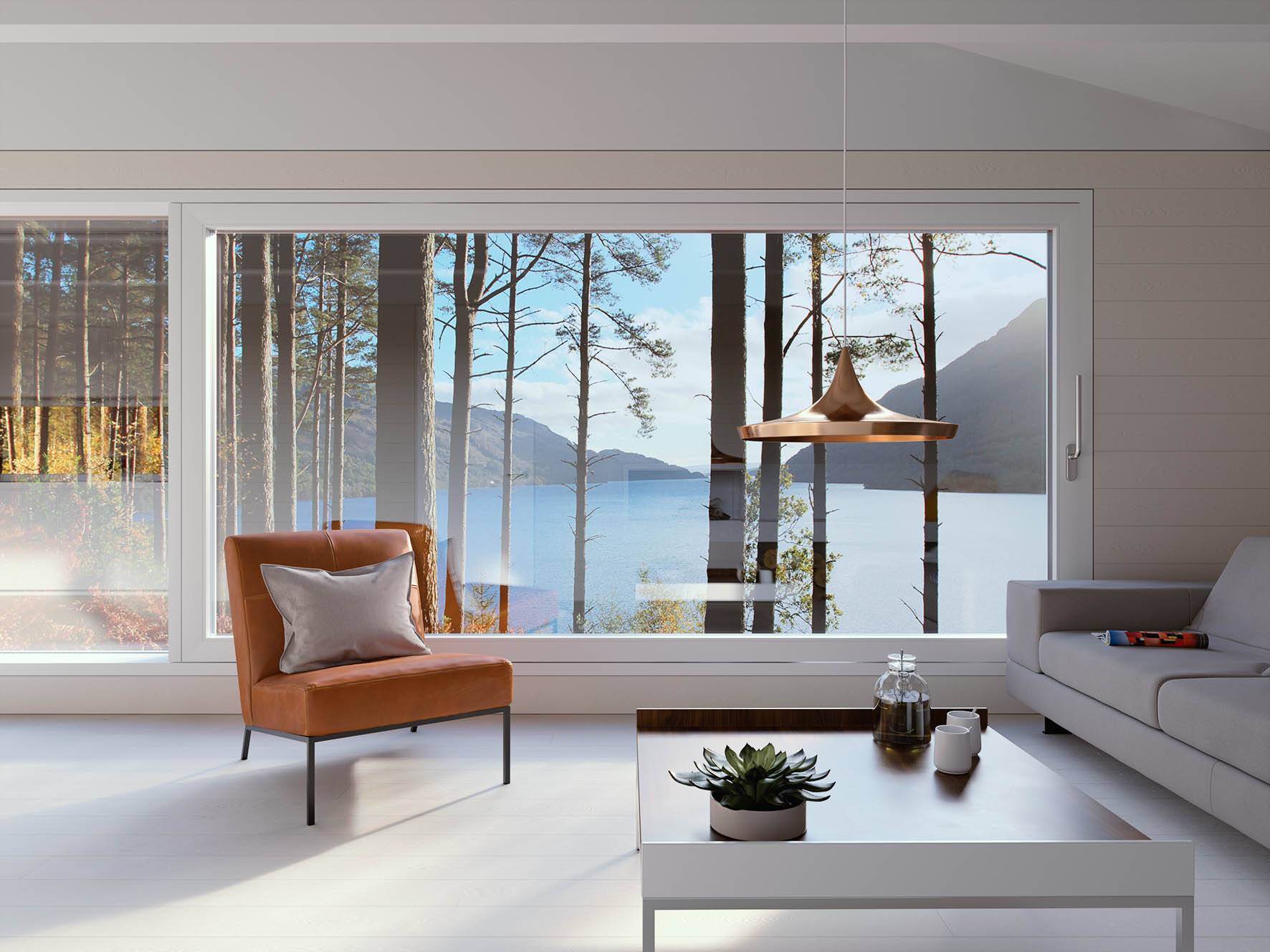
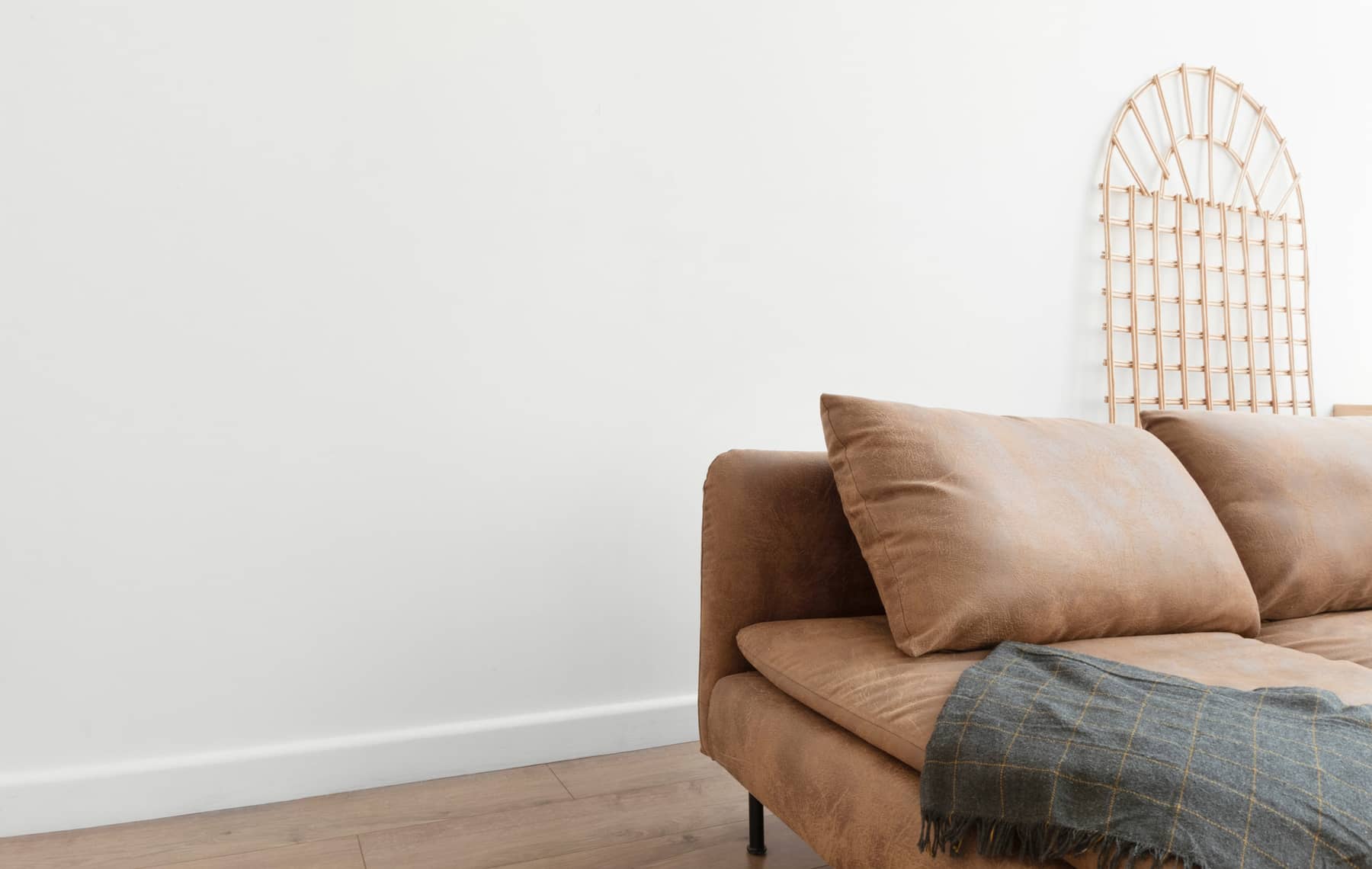

/what-is-minimalist-design-4796583-03-37f2ac0fcfd74c0c905ea31398c20494.jpg)
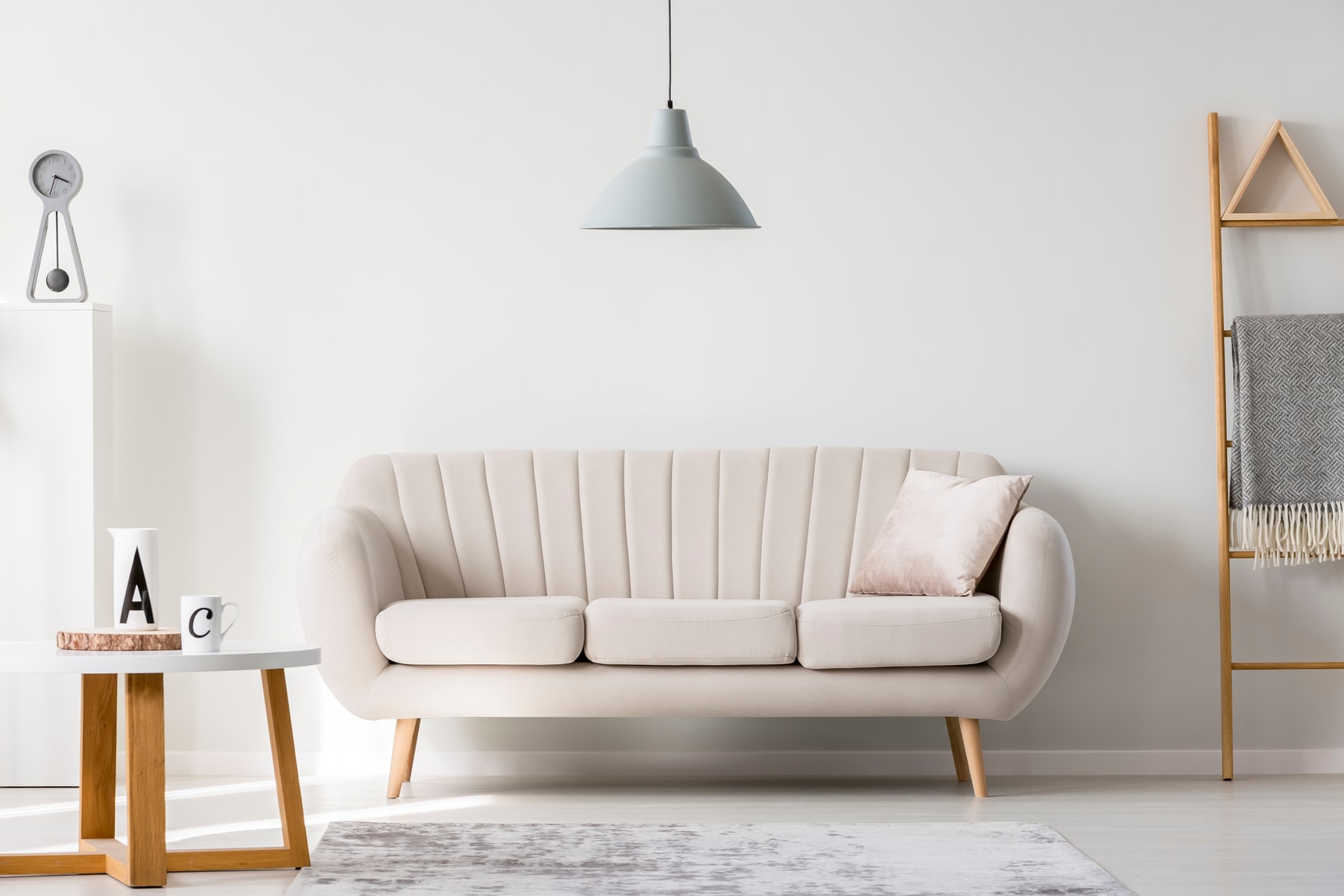
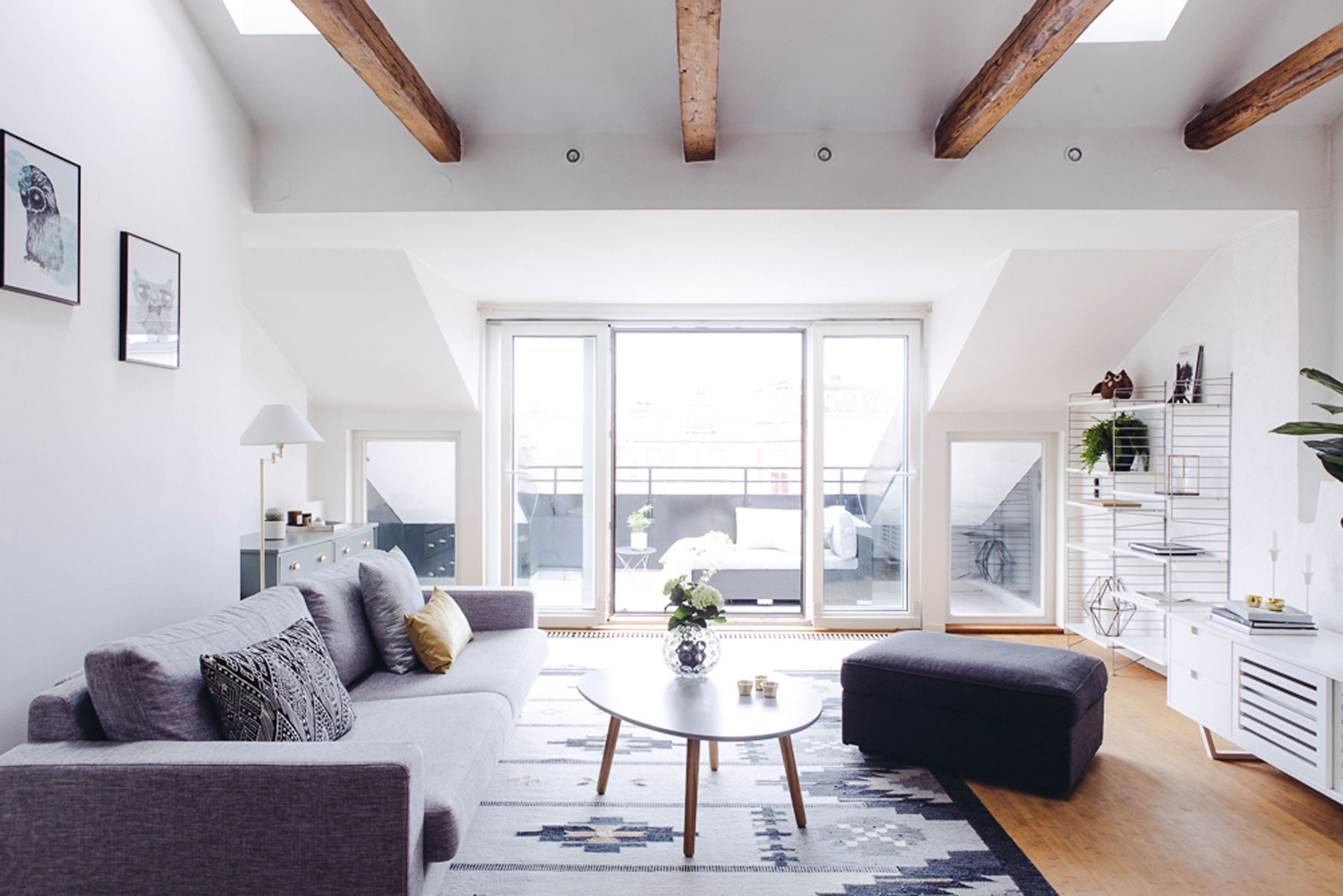








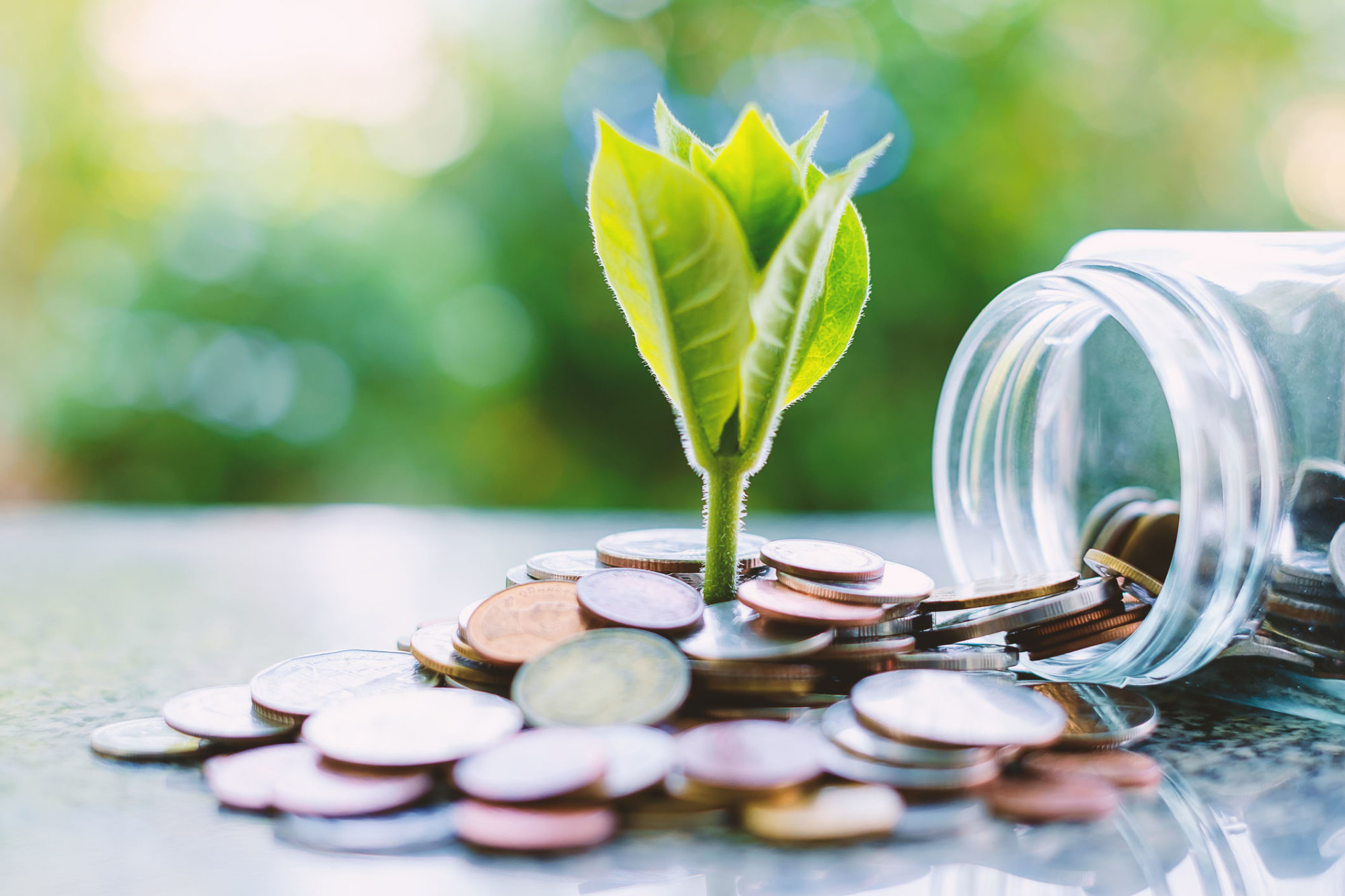










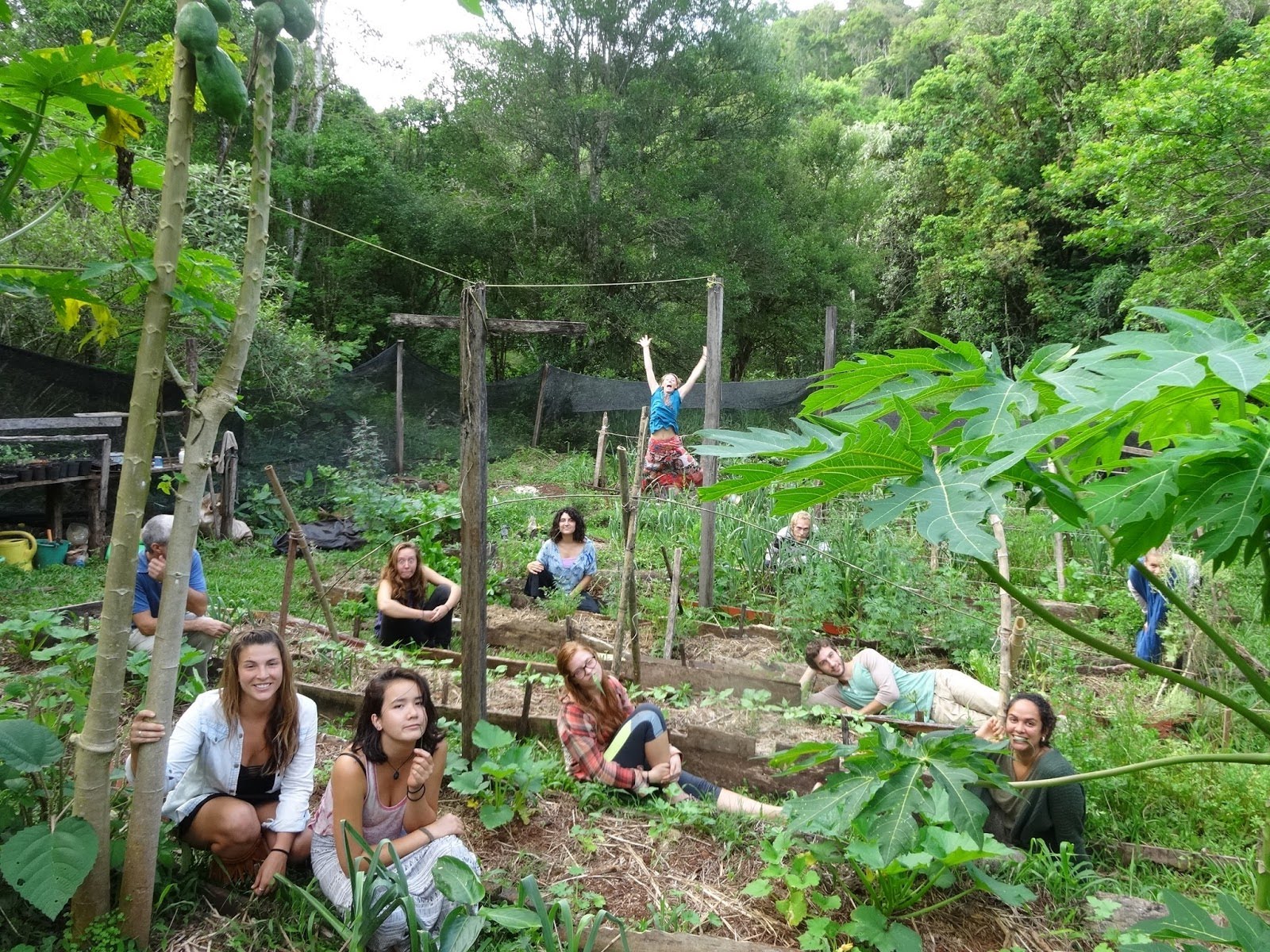
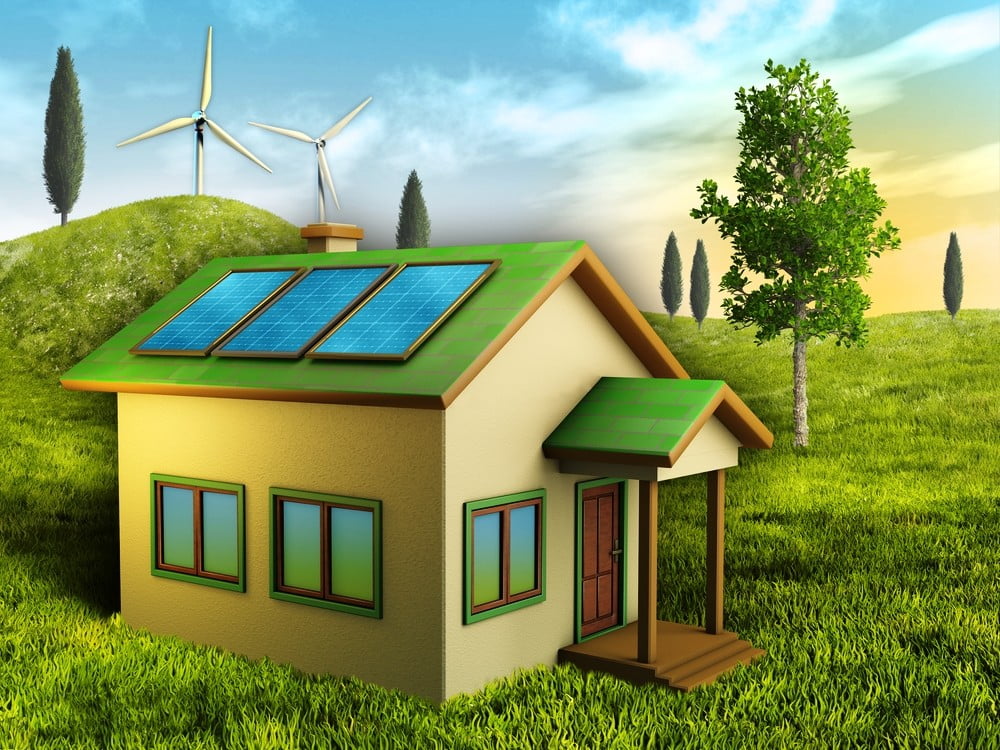







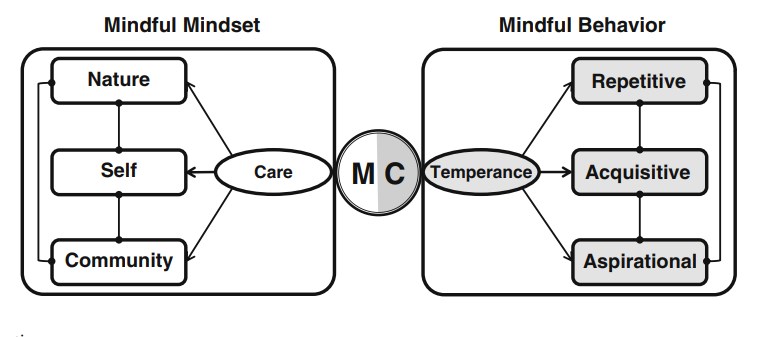
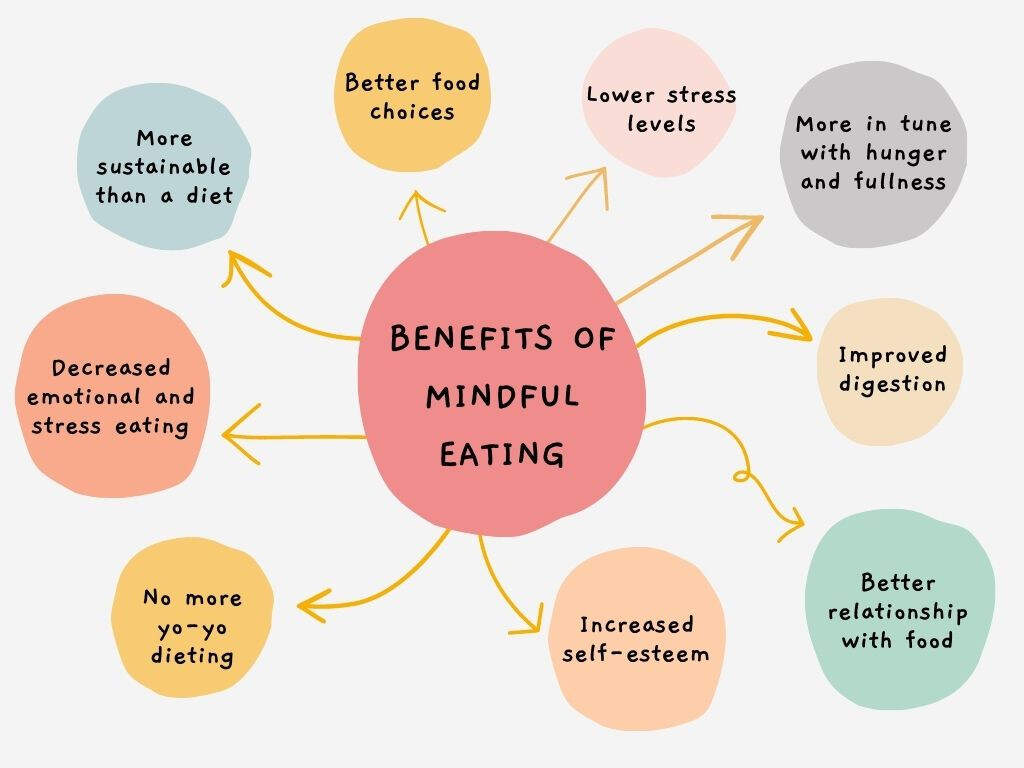

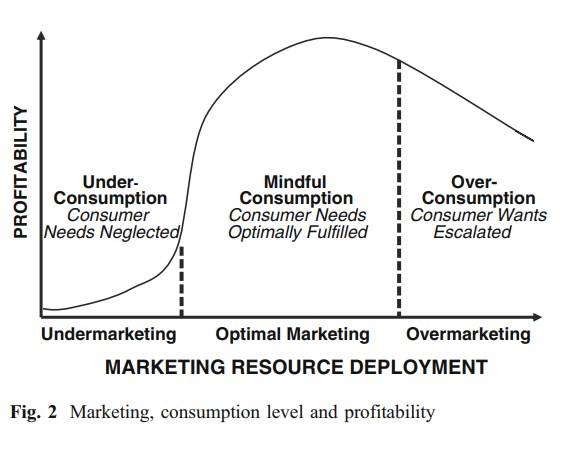
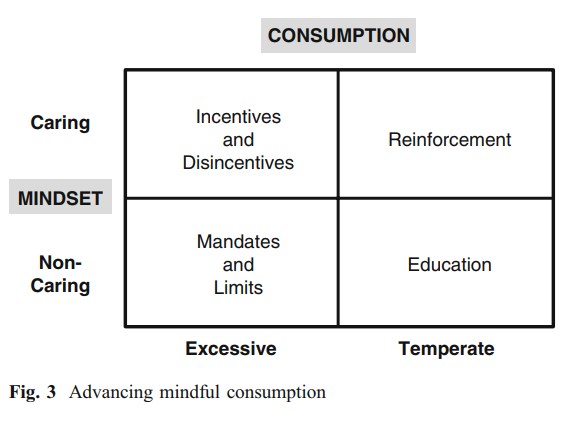






:max_bytes(150000):strip_icc()/decluttering-your-entire-home-2648002_final-8c0e3c4755b241a5abff3315c2a44c22.png)





:max_bytes(150000):strip_icc()/Tips-For-Declutter-COLOR-FINAL-3-d294f6a62ba746c797f5255a5d004850.png)

